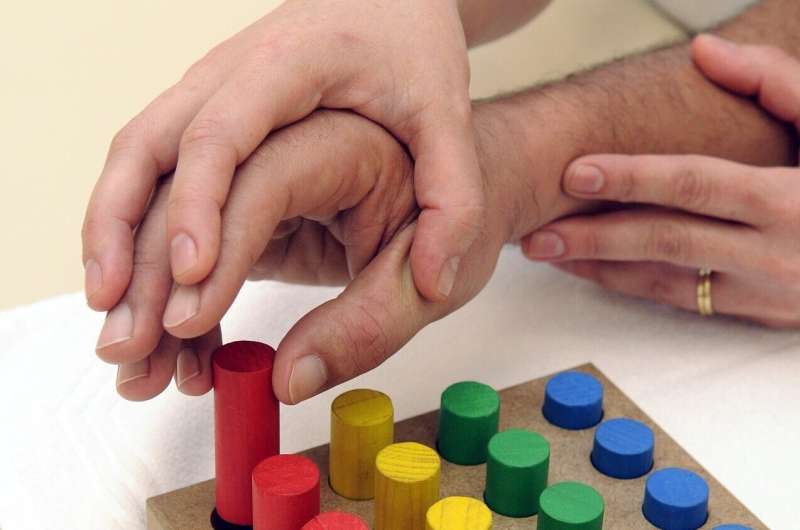Coordination between the hands may be key to better stroke outcomes

We use our hands together for most of our daily tasks, but very little is known about how stroke affects the coordination of our hands. Now, new research has found that stroke affects some bimanual tasks more than others.
The University of Auckland researchers behind the study say more detailed studies of bimanual coordination could improve independence in daily activities after stroke.
The study, called “Recovery of Bimanual Coordination after Stroke,” has been led by Ph.D. student Harry Jordan and is being presented at the 31st Annual Scientific Meeting of the Stroke Society of Australasia 2022.
The annual Australasian conference is this year being held at Christchurch’s Te Pae Convention Center and has attracted stroke experts from around the world.
Stroke most often affects one side of the body, and the weaker hand and arm can become the focus of rehabilitation therapies.
Mr. Jordan’s study developed a new way to assess how well the hands and arm works together to perform different types of bimanual tasks. The team observed 56 patients beginning one week after their stroke, until six months afterwards.
The study found that tasks involving asymmetric hand movements were more impaired by stroke than those involving symmetric hand movements. It also found that most recovery of coordination happens in first three months after stroke, but improvements continued to be seen at six months in some tasks.
Mr. Jordan says his study may offer encouragement for survivors of stroke undergoing rehabilitation in future.
“Most tasks we perform in our lives involve coordinating both hands together, but a lot of therapy after stroke focuses on one-handed tasks. A better understanding of how people recover the ability to coordinate their hands could lead to therapies that more effectively improve independence in daily activities.”
Source: Read Full Article
